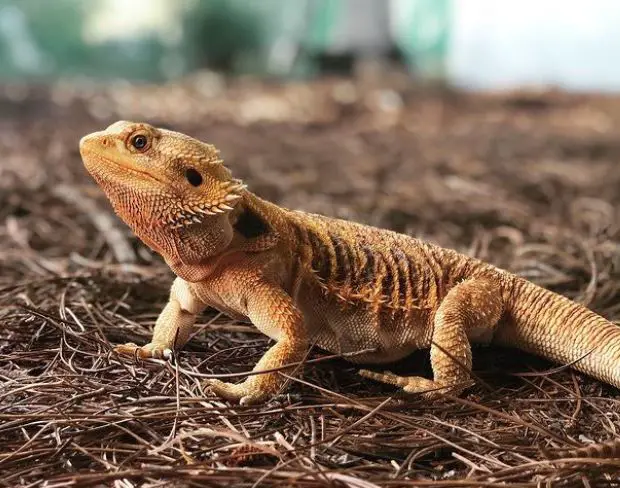Why is a bearded dragon trying to escape his cage?
For many pet owners, their bearded dragon trying to escape the cage is a crucial problem to be addressed.
They also often wonder about the suitable time for a bearded dragon to escape or run around their houses.
I would provide you with a detailed guide that will answer why a bearded dragon is trying to escape his cage.
It will also tackle the accurate time to let your pet escape out of its usual box as an ideal solution.
Let us begin!
Related Posts:
- Fancy Bearded Dragon vs. Bearded Dragon: Which One Is the Best?
- Can Bearded Dragons Get High?
- Bearded Dragon vs. Horned Toad: Facts and Differences
- Best Father’s Day Gifts for Pet Lovers
- Why Does My Bearded Dragon Staring at Me?
- Can Bearded Dragons Eat Honeydew Melon?
- Dunner Bearded Dragon vs. Normal Bearded Dragon: Facts and Differences
Why Is a Bearded Dragon Trying to Escape His Cage?
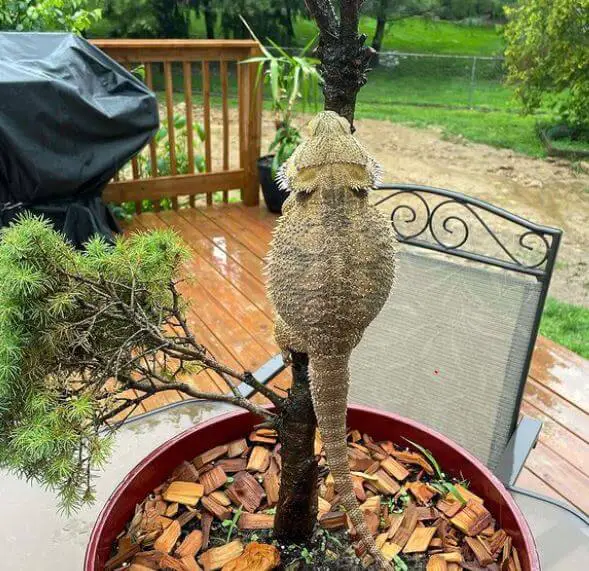
There are some reasons why a bearded dragon is trying to escape his cage.
The first culprit might be the new tank, which is not his usual environment if he is a new member of your house.
Besides, there may be something incidentally changing in his typical habitat, or the same temperature all the time annoys him.
Plus, he may be bored and hopelessly want to go out for the fresh air.
What Signs a Bearded Dragon Wants to Escape His Cage?
1. Positive Signs
In general, a bearded dragon shows relaxation in a place where he can stroll around or keep staying still.
However, once you can notice other unique positive signs of your pet, like being outside, it means he loves the place.
Consequently, he wants to escape the old tank.
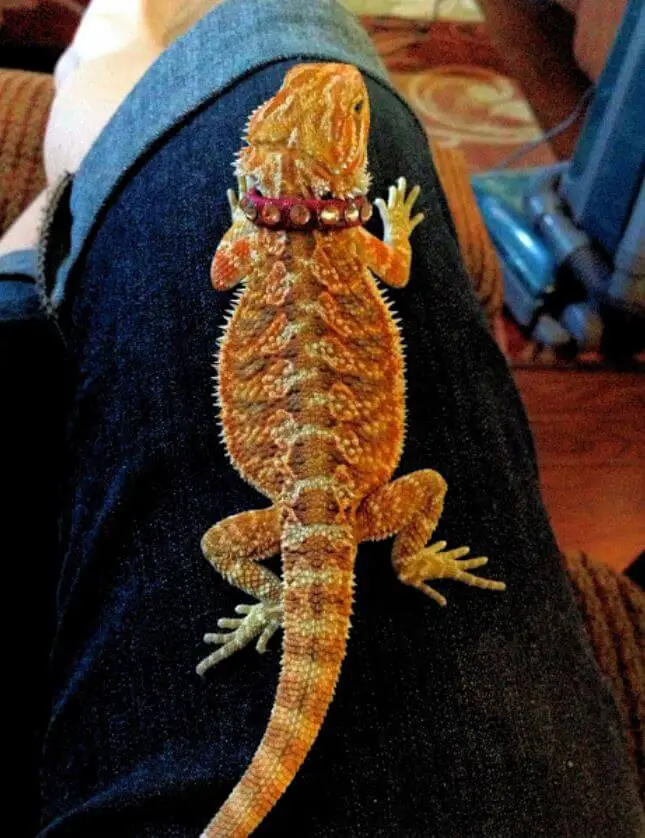
2. Negative Signs
By contrast, some bearded dragons hate being out of their tanks.
For instance, when you put them in a strange environment, they would suddenly and quickly run away, try to bite your hand, or close their eyes unruly.
The harmful activities show that they are stressed, and helplessly display aggression.
Some might appear with dark spots on their bellies or mouth as well.
In those cases, you are lucky not to have to wonder, “Why is my bearded dragon trying to escape his cage?” or losing a happy pet in the long term.
However, suppose you want to let them escape freely. You can put them out of their cages for a short period every day.
As kids, animals need time to be used to the outside surroundings.
Schedule a timeline for such daily outdoor activities, and you would find a significant change in the pet’s negative signals over time.
3. Personality
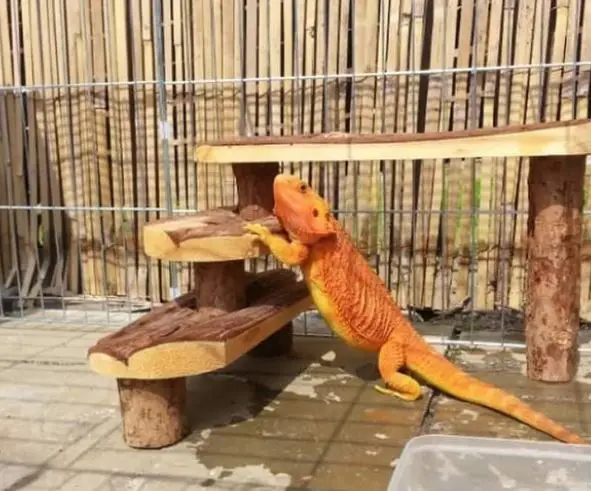
Thirdly, it is crucial to understand that different bearded dragons have distinct interests in out-of-cage programs.
A bearded dragon who enjoys the activity often has some good behaviors like keeping quiet and wandering around. However, some beardies prefer to be at home.
Consequently, it is essential not to ignore any abnormal signs shown by your pet when letting him out. Then, you would correctly know whether he likes something or not.
When Should You Take a Bearded Dragon Outside?

According to pet professionals’ advice, you should take your adult bearded dragon at least once weekly, varying from 30 minutes to two hours.
The long or short period mostly depends on each pet’s character and their life stage.
- Hatchlings – You should not take beardies out of their tank at this time. They are too weak to adapt to the weather changes.
- Young bearded dragons – You can take those young guys a few minutes daily.
- Adult bearded dragons – After around seven months, you can release your pet from its cage for roughly 20 minutes to two hours.
Read on to learn more about this.
1. Hatchlings
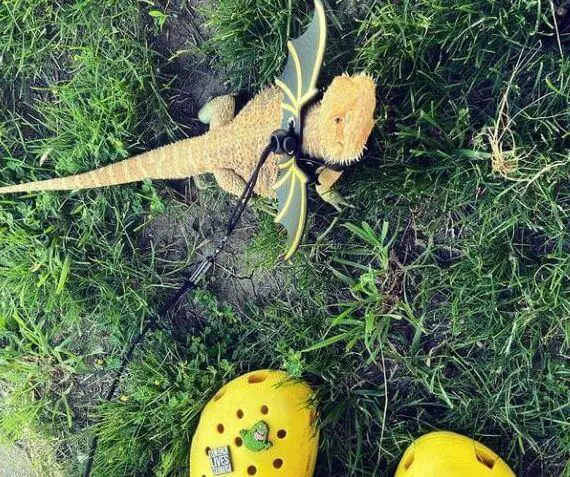
It will help if you do not handle or put a beardie outside in his hatchling period.
The period lasts up to two weeks since he was born. In the life stage, he is highly fragile, coming with the left egg sack. The sack would detach from his body naturally, promoting normal development.
However, if you move them out quite often, that would lead to the likelihood of manually broken egg sacks.
After that, the mental and physical health of the beardie would be dramatically affected. Some might become weaker or more aggressive when they are grown up.
Of course, in some specific cases, you need to bring the hatchlings out of the tank. For example, that is when he has health problems.
Or you need to change or clean up his habitat. However, keep in mind to ultimately cease the act to protect the beardies well from the unstable environment.
2. Young Bearded Dragons

With beardies aging from two weeks to around seven months, they might not want to go out much, so you rarely think about, “Why is my bearded dragon trying to escape his cage?”
However, you should stick to some precautions if you need to let them out.
At that time, its body’s development is solid enough to face the small changes in the environment.
Moreover, the egg sack is wholly detached from the beardie. However, the softer body still requires careful touches or moves.
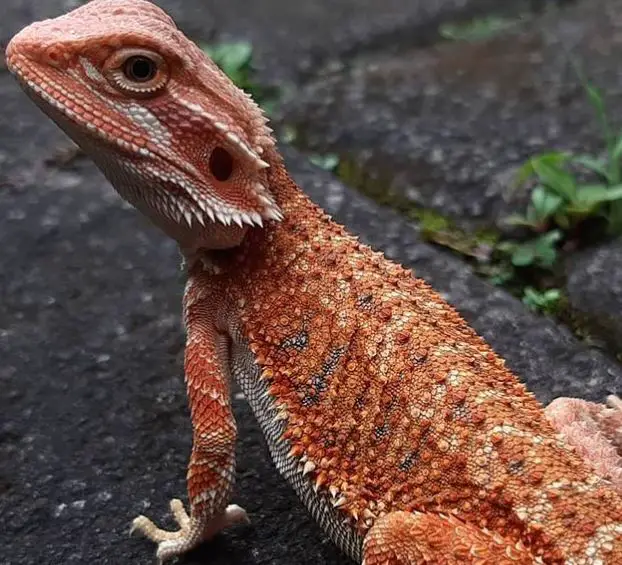
To safely pick up bearded dragons, some experienced owners advise using the fingers first. That is to say, when you want to let them out, you can let them walk on your fingers.
Remember to hold them from their side before that. Wash your palm and let it dry to avoid any tiny obstacles on your pet’s road.
It is not strange if a few beardies want to stick to your little fingers. They might be too lazy or too scared to keep moving to your palm.
The outside time recommendation for this period is up to ten minutes. Do not extend the time for hours.
Last but not least, keep your kids stay away from young bearded dragons.
Please do not allow them to pick up or handle the young. Because they are often careless and naughty, they could potentially threaten the beardie’s life.
3. Adult Bearded Dragons
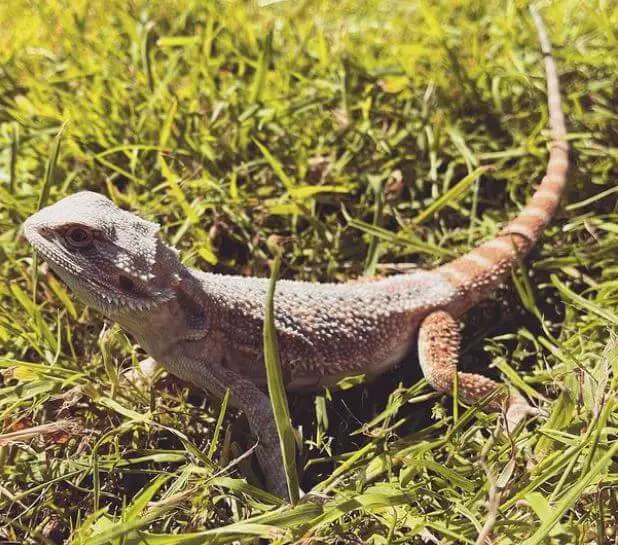
After the young period, beardies can be strong and healthy enough to face out-of-cage conditions.
That mature one has a typical size of 17 to 23 inches after roughly seven months of development.
Some owners asked, “Why is my bearded dragon trying to escape his cage.” It might be because he is bored.
To resolve the issue, you can let him wander around your house, parks, or neighbor’s surroundings for up to two hours. Following reptile reviews, there is no minimum time.
But I recommend the time should last at least 20 to 30 minutes if you want the pet to get used to outside places.
As I have just mentioned, if he shows any negative and stressed traits, let him back to his home as quickly as possible.
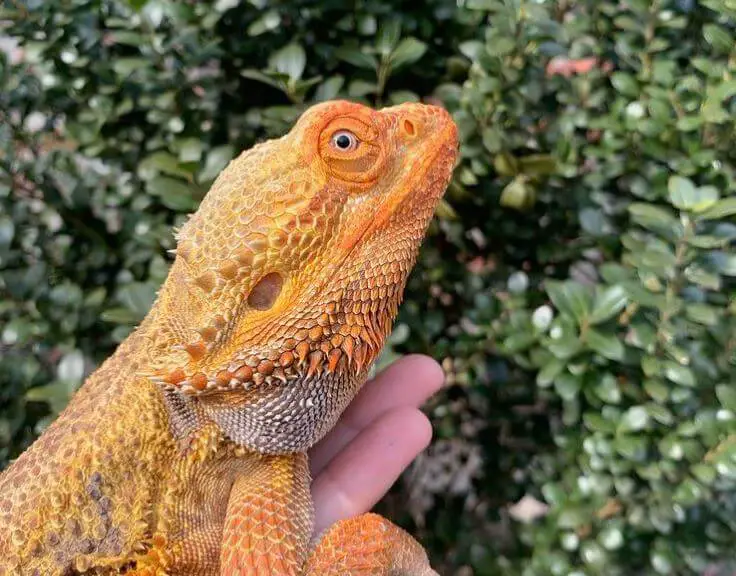
Moreover, there is a proper method to know whether the beardie enjoys his wandering time or not.
When he comes back to the tank, notice if he acts, eats, sleeps, or drinks as usual. When nothing abnormal happens, he is comfortable with the outside time.
By contrast, once he has different behaviors, even when coming back, the time might be too long overall.
Other than that, it would be best if you prepared a conducive circumstance for your beardie to go out. Keep the temperature or hygiene factors similar to the ones in the tank if possible.
How Long Should a Bearded Dragon Stay Outside?
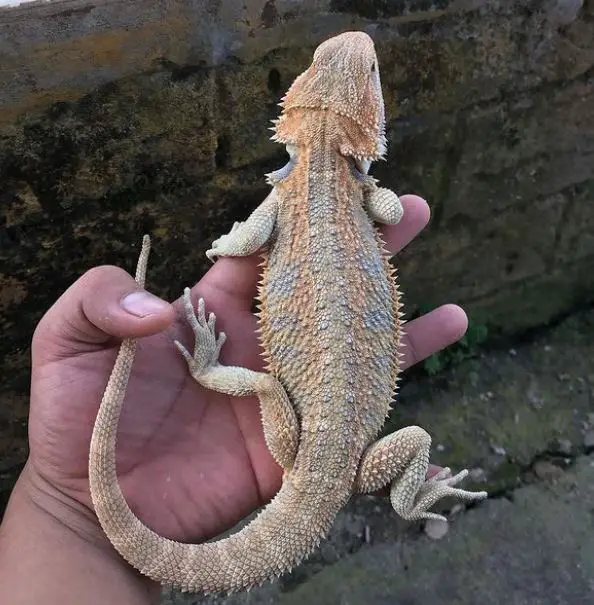
Since the outside temperature is different from the tank’s, it is better to limit the out-of-cage time.
Besides, the bearded dragon has a delicate body with sudden temperature changes. You can carry a heating lamp with them, making sure to allow them to bask even not in the tank.
Primarily, the suitable exposure time should range from 30 minutes to roughly an hour. The exact time mostly depends on your pet’s signal.
If they show stress and unhappiness, it might be because of the temperature change.
Or maybe they are internal kinds of animals who love lying in their tank all day. In this case, around 20 to 30 minutes of being outside is more than enough for them.
On the other hand, many bearded dragons show interest or curiosity about the outside environment. Unfortunately, that means the out-of-cage time can be more or less over an hour.
The key takeaway here is to notice your pet’s content or stressed signal to know the exact length of time for being out of the tank.
Let’s take a look at this video to know more about tips on taking your bearded dragon outside:
What to Consider When Taking a Bearded Dragon Out?
1. Temperature
First and foremost, the temperature is what you need to think about before letting any bearded dragon out. Similar to other cold-blooded animals, their body substantially depends on the environment’s temperature.
The degree of heat in its tank typically runs from 35 to 45 degrees Celcius.
Suppose the set point of temperature is lower or higher than average. In that case, some people use a lamp or even a thermostat to adjust to the desired degree.
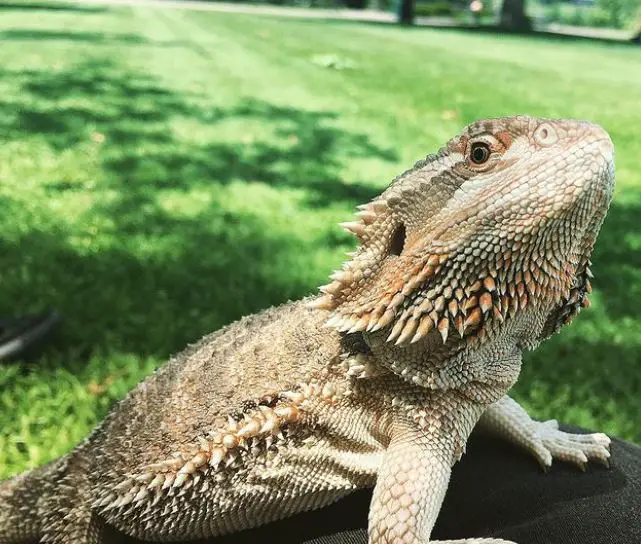
You can not do that in the outdoor environment, so keep in touch with the temperature every minute.
The suitable out-of-cage temperature should run from 26 to 37 degrees Celcius.
If you want to let the beardie out longer, it might help when you carry on a heat source such as a heat lamp to avoid any incident.
2. Hygiene
Another factor to deem is how clean your room is. Most bearded dragons quickly get stressed with dirty places that are full of obstacles.
Therefore, you should not allow those guys to wander around if you have not cleaned, tidied, or vacuumed your room for a long time.
Remember to provide your beardies a clear road without any barrier before freeing them from the cage.
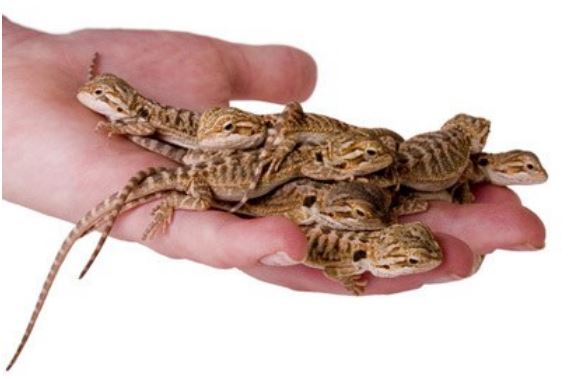
3. Others
Besides temperature and hygiene degree, there are other things you should consider during the excursion time.
Firstly, when it comes to outdoor exposure, the suitable time should not be longer than one hour.
Different from your room, the environment outside your house might be much harsher with the beardies.
Also, the daytime is recommended. In some areas, the temperature at night might sharply decrease, compared to the day, making your beardie’s body unable to adapt too quickly.
More importantly, it seems more challenging for you to find your beardie at night if he is lost.
Some bearded dragons are scared or annoyed with other animals nearby.
Consequently, it would be best if you pick up your cats or dogs out of the room.
That is to reduce the risk of your pet being bitten alike. Apply the same precautions with children around.
Frequently Asked Questions About Bearded Dragons Trying to Escape the Cage

1. How Do I Stop My Bearded Dragon From Glass Surfing?
A bearded dragon often loves being held by its owners.
But when he feels like you are ignoring him, he tends to have some strange actions like glass surfing.
Therefore, once you see the situation, just give him as much attention as he deserves to have.
2. Can You Take a Bearded Dragon in Public?

Of course, you could allow your beardie to come outside.
However, while the natural light positively influences his health, bear in mind not to expose him to cold weather.
Ironically, some researchers show that consistently making bearded dragons get cold can lead to sickness and death faster than starvation.
3. How to Pick Up a Bearded Dragon Out of Its Cage?

As I have just mentioned above, you should use your fingers to pick up a beardie.
Hold him from the front or side and slide your fingers under his body.
Use your hand to support his fragile legs, small tail, and chest.
4. Can Bearded Dragons Jump Out of Their Cage?
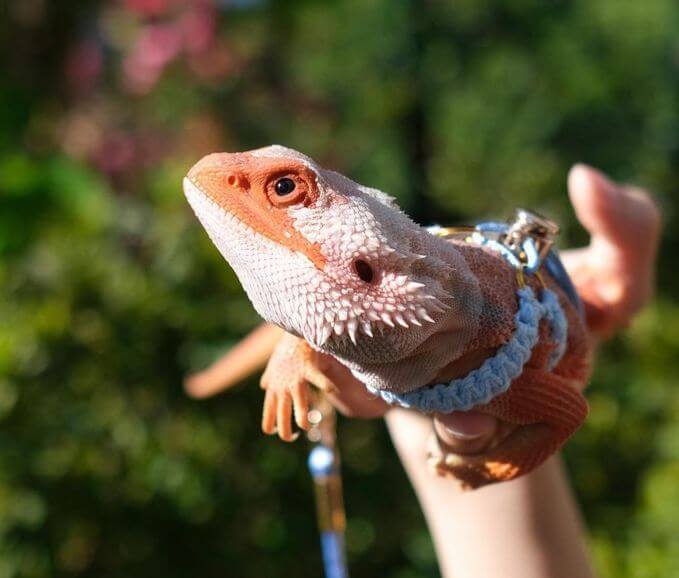
The answer is yes. Any adult bearded dragon can jump up high enough to escape the dull cage.
However, this is not a usual behavior, and it can be prevented when you help the beardie relax often.
Then, naturally, he prefers to jump to a lower position and climb to a higher site.
Conclusion
In summary, above are some pieces of information related to the question, “Why is my bearded dragon trying to escape his cage?”
In a nutshell, the answer might depend on their personality and the negative or positive signals they show while being outside.
We hope the article has helped you increase your knowledge of caring for bearded dragons in the best way.
Key points on why a bearded dragon may be trying to escape their cage:
If you notice your bearded dragon repeatedly attempting to escape its enclosure, it’s important to understand the underlying reasons for this behavior. Bearded dragons, like all reptiles, have specific needs and instincts that can lead to escape attempts. Here are key points to consider:
1. Inadequate Habitat Size:
- Bearded dragons need spacious enclosures that provide ample room for exploration and exercise.
- A too-small habitat can lead to feelings of confinement, prompting escape efforts.
2. Stress and Anxiety:
- Various factors can cause stress in bearded dragons, such as excessive handling, exposure to loud noises, or changes in their environment.
- Escaping their enclosure may be an attempt to flee perceived threats or sources of stress.
3. Incorrect Temperature and Lighting:
- Bearded dragons require specific temperature gradients and access to UVB lighting for their health.
- Inadequate temperature or lighting conditions within the enclosure can lead to discomfort and escape attempts.
4. Inadequate Hiding and Climbing Opportunities:
- Bearded dragons benefit from having hiding spots and opportunities for climbing and perching.
- A lack of these environmental enrichments can lead to boredom and a desire to escape.
5. Desire for Social Interaction:
- Bearded dragons are social animals that may become bored or lonely when kept in isolation.
- Escaping the enclosure may be an attempt to seek out interaction with their owner or other pets.
6. Lack of Mental Stimulation:
- Bearded dragons need mental stimulation to stay engaged and happy.
- A monotonous environment with no opportunities for exploration and enrichment can lead to escape attempts.
7. Gravid Females:
- Female bearded dragons carrying eggs (gravid) may dig, scratch, or attempt to escape as part of nesting behavior.
- Provide a suitable nesting box for gravid females to prevent escape attempts.
8. Predatory Instincts:
- Bearded dragons may display escape behavior when they perceive movement outside their enclosure, as they have natural predatory instincts.
- Reducing external stimuli can help minimize this response.
9. Curiosity and Exploration:
- Bearded dragons are naturally curious and may attempt to explore their surroundings.
- Providing supervised, safe exploration time outside the enclosure can fulfill this curiosity.
10. Escape Hazards: – Ensuring the enclosure is escape-proof is vital to prevent potential dangers, such as the risk of injury, ingestion of harmful objects, or exposure to toxic substances.
11. Seek Veterinary Consultation: – If you suspect an underlying health issue or if escape attempts are accompanied by other concerning behaviors or symptoms, consult a reptile veterinarian.
In summary, when a bearded dragon tries to escape its enclosure, it’s essential to assess various factors contributing to this behavior. Providing a well-designed, stress-free habitat with proper environmental enrichment, temperature, lighting, and social interaction can minimize escape attempts. Understanding your pet’s needs and addressing them appropriately will help ensure a happy and healthy life for your bearded dragon.
Further Reading:
- Carolina Custom Cages Terrarium Review
- 8 Best Basking Rocks for Beardie: What Is the Best Choice?
- 10 Best Thermometers for Beardie: How to Choose the Best One?
- 5 Best Beardie Lighting Setups for Beardie Lovers
- 9 Best Heat Lamps For Beardie: Natural Habitat Provided

